
- Home
- Products
- News
- Company
- Contact
- Prices
- Shippings
- Links

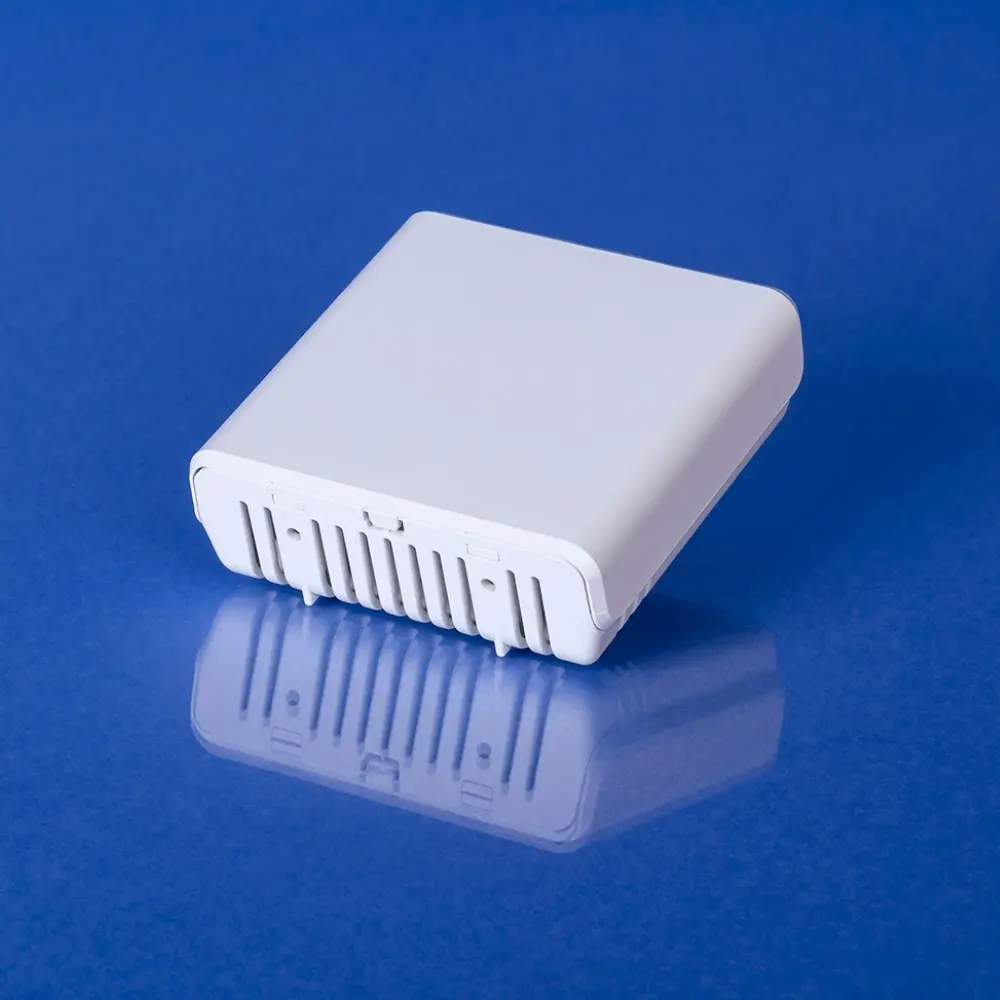
Air quality transmitters detect volatile organic compounds (VOCs) to maintain safe environments. The VOCD-series and VOCR-series measure VOC levels in ducts or rooms, offering outputs like 0-10 Vdc, Modbus, and alarms. Advanced features, such as LCD displays and relays, provide enhanced functionality for HVAC systems. The QRT-series and QDT 24 models integrate self-calibrating microprocessors for precision in identifying harmful compounds. These devices monitor air pollution caused by everyday chemicals, ensuring healthier indoor spaces. Compatible with building management systems, VOC transmitters help optimize ventilation, energy use, and air quality in commercial and industrial facilities, prioritizing safety and occupant comfort.
Read More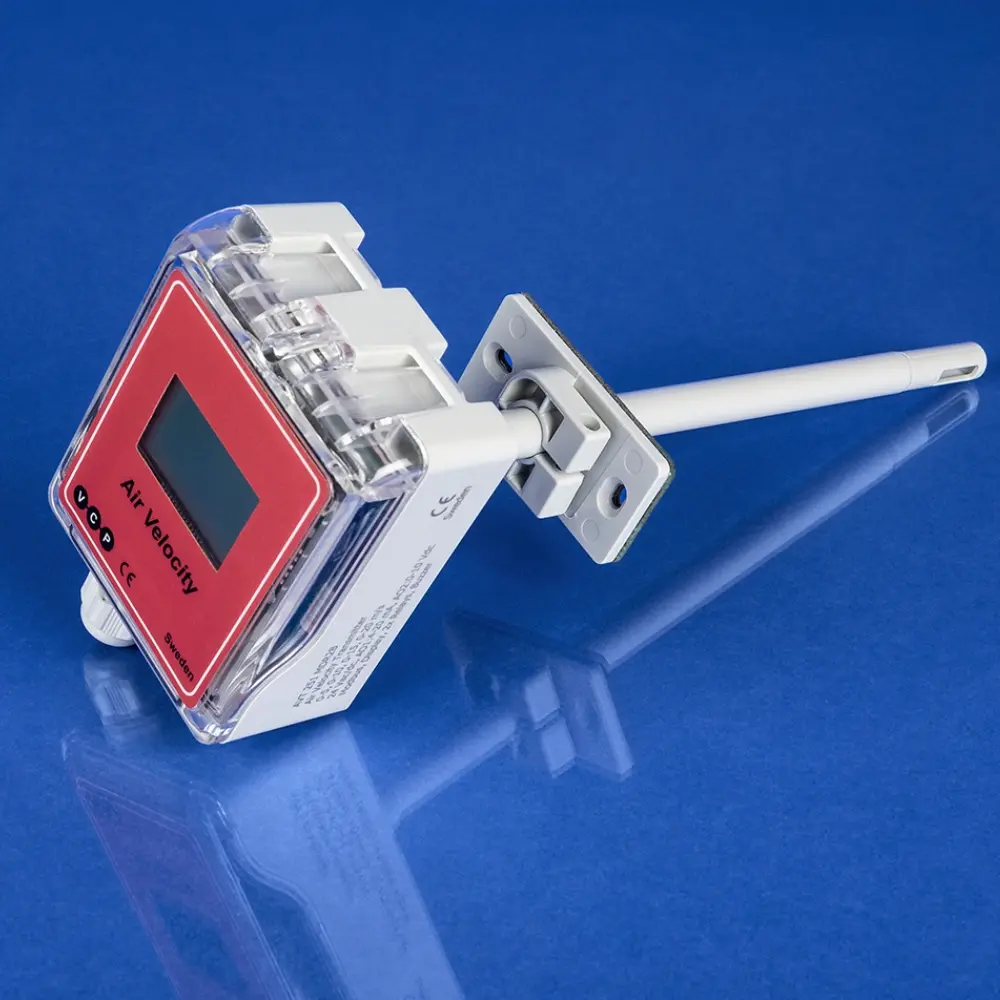
Air velocity transmitters measure airflow with precision. The AVT-series supports selectable ranges, Modbus integration, and outputs for seamless HVAC system compatibility. Accurate and robust, these devices ensure proper ventilation and energy efficiency, making them essential for maintaining indoor air quality.
Read More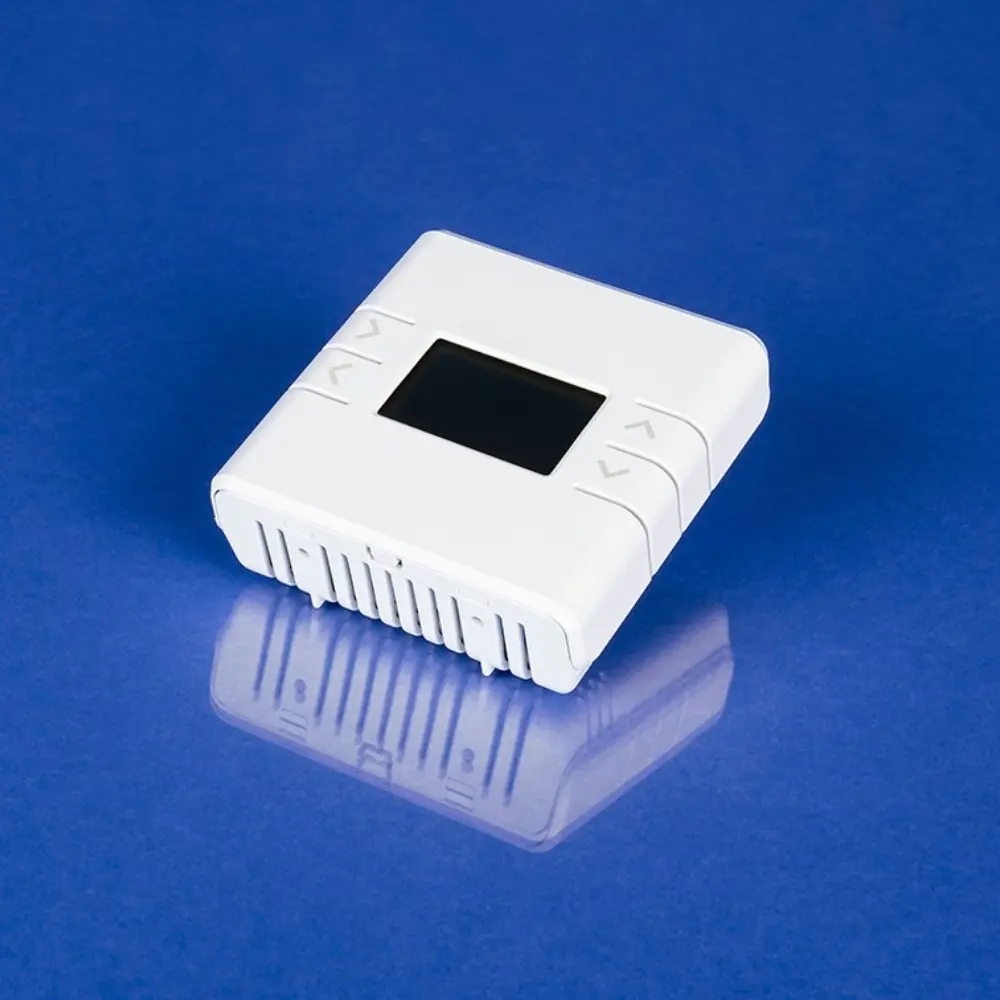
CO2 transmitters regulate indoor air quality by monitoring carbon dioxide levels in real-time. Duct models, like the CO2D-series, and room solutions, such as the CO2R-series, offer versatile installation options. Multifunction models, like the RCD 010 THD, combine CO2, humidity, and temperature measurement with color LCD displays for enhanced visualization. Outputs like 0-10 Vdc and Modbus ensure easy integration with HVAC systems. Designed for classrooms, offices, and factories, these sensors help reduce over-ventilation, optimize energy efficiency, and ensure compliance with air quality standards. Reliable, accurate, and adaptable, CO2 sensors improve comfort and productivity in diverse settings.
Read More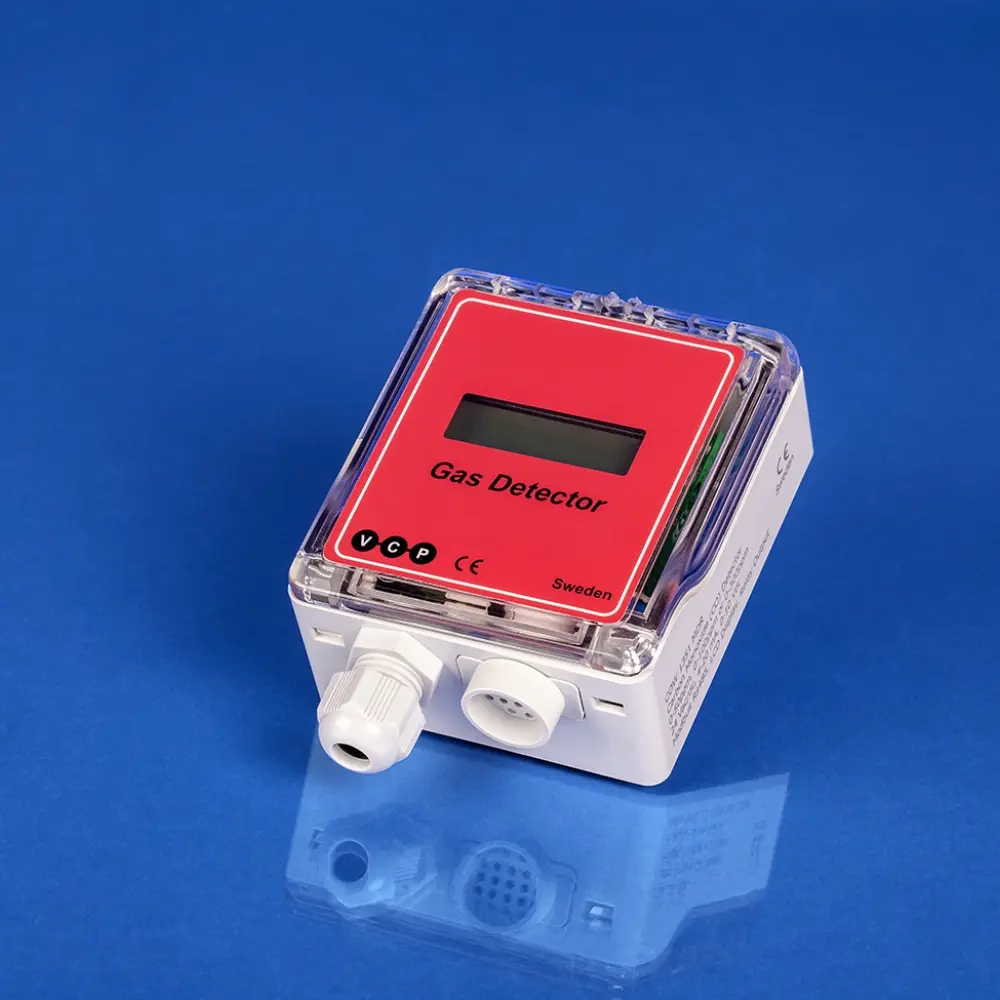
Carbon monoxide detectors protect occupants from harmful gas exposure in garages, tunnels, and industrial sites. Models like the COW 1351 use electrochemical sensors for high accuracy, with features including Modbus communication and relays. CO detectors trigger ventilation systems when thresholds are exceeded, ensuring safe air levels. Compact designs with IP65-rated enclosures ensure durability in harsh environments. Multiple output options, such as 4-20 mA and alarms, enhance system integration. These detectors are essential for safety in spaces where fuel-burning equipment operates, reducing health risks, ensuring regulatory compliance, and improving the overall air quality management system.
Read More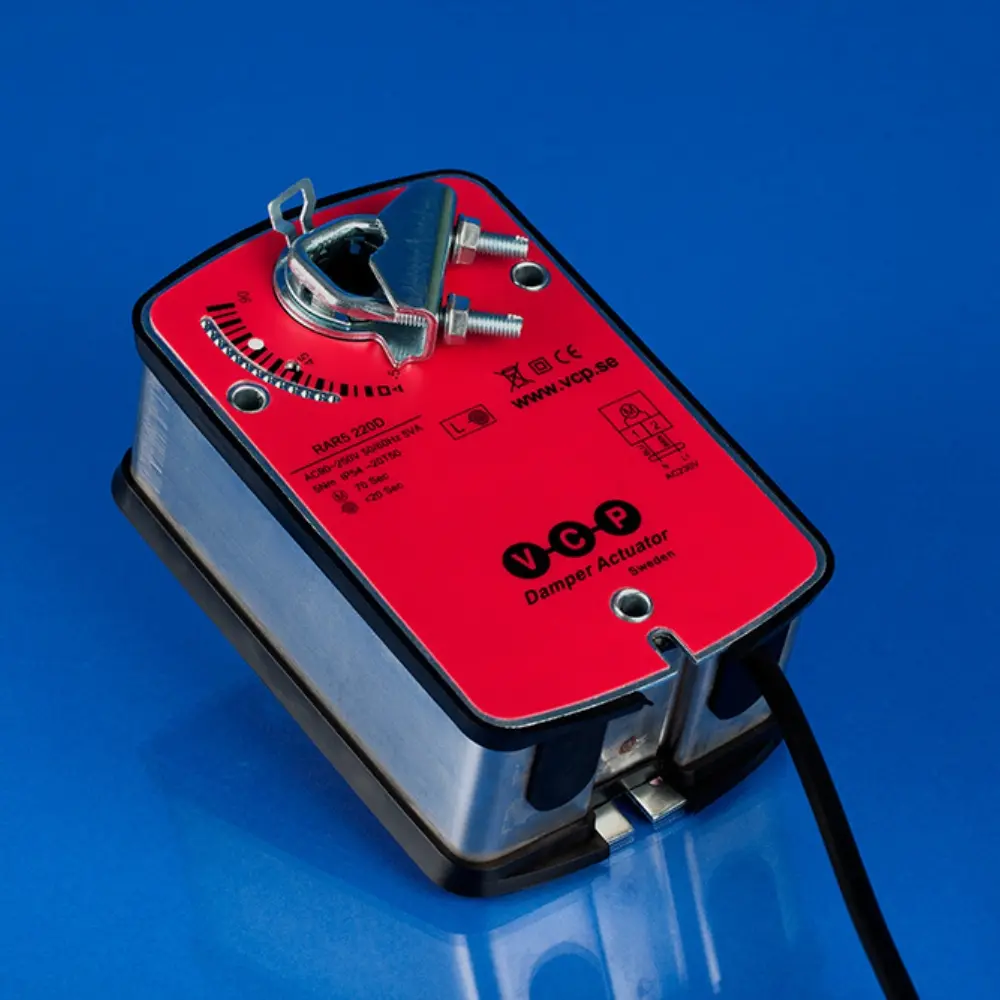
Damper actuators regulate airflow in ducts for energy efficiency. Non-spring return models handle dampers up to 8 m², while spring-return variants provide fail-safe operation. Outputs like Modbus and analog signals ensure seamless HVAC integration.
Read More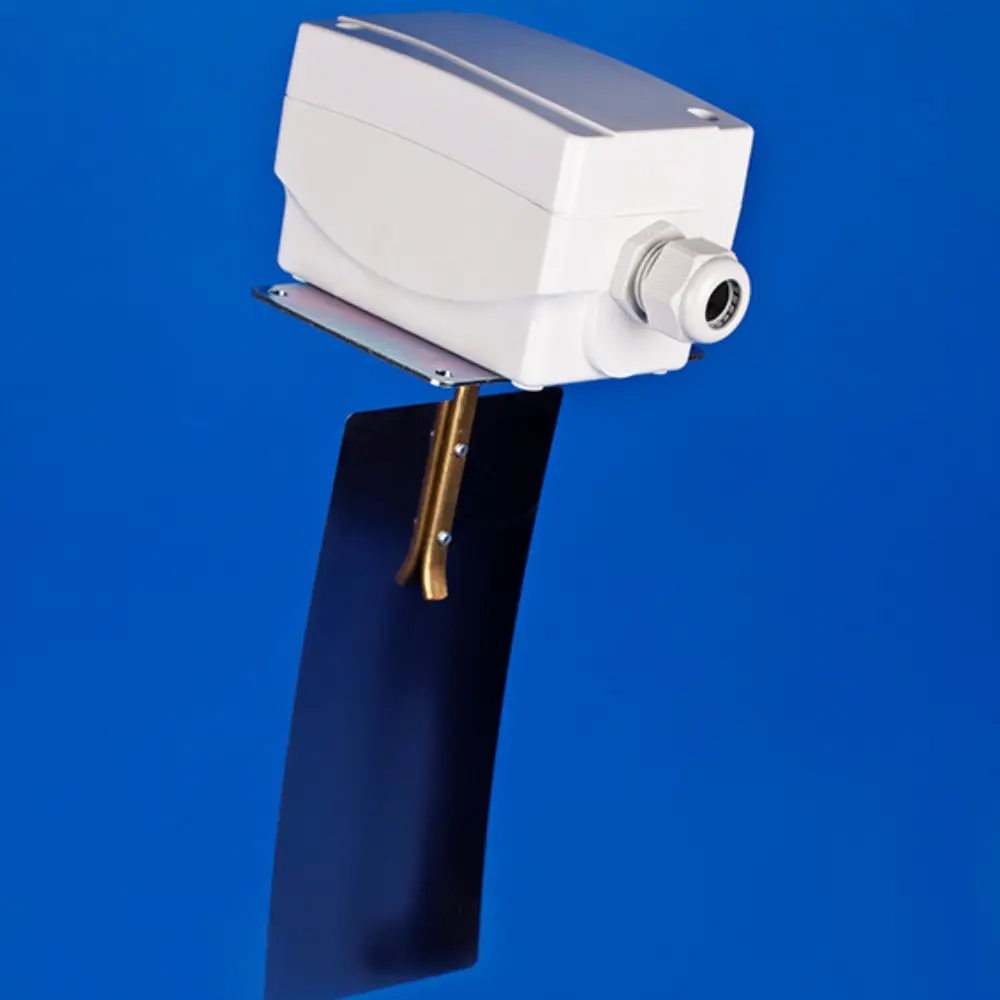
Flow sensors monitor air or gas movement, ensuring efficient HVAC operation. Paddle switches like the FAPS detect airflow changes, while AVT-series velocity transmitters offer high precision and selectable ranges. With advanced features like Modbus connectivity and easy installation, these devices optimize ventilation and system reliability.
Read More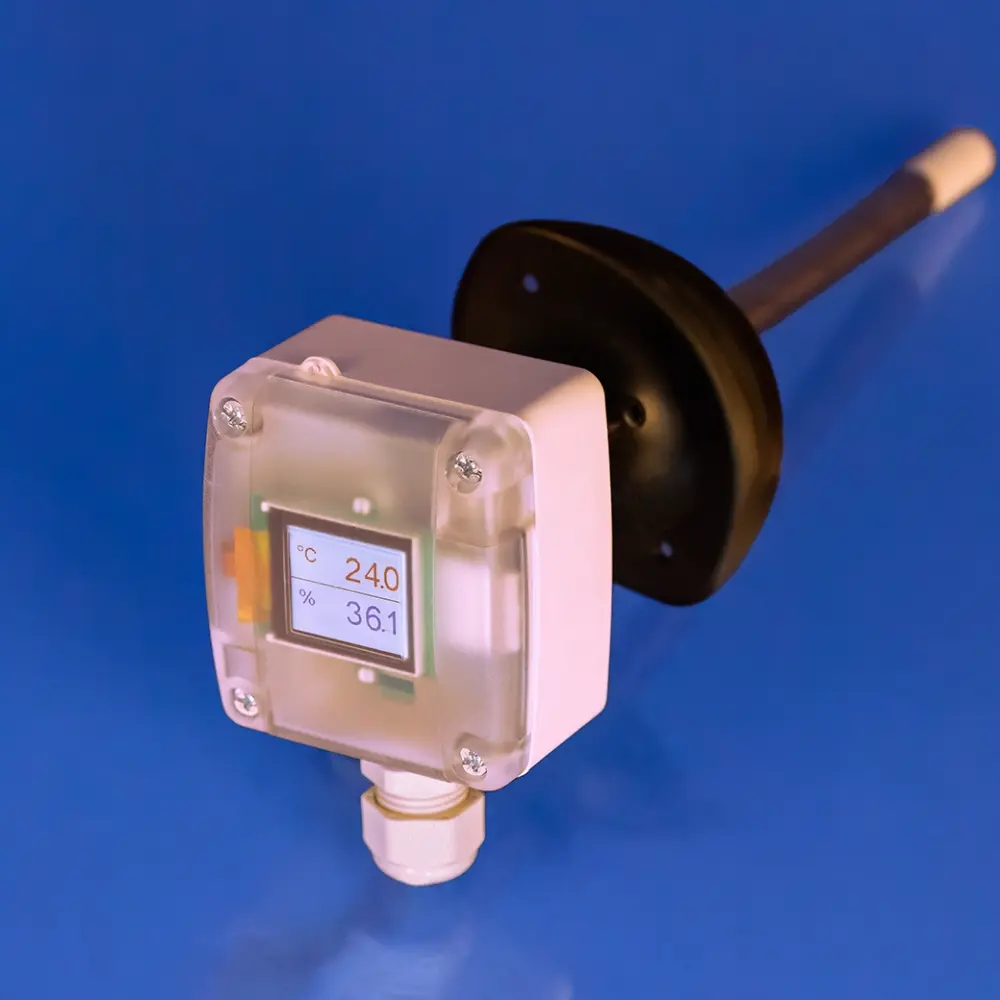
Humidity sensors provide precise measurement of relative and absolute humidity, dew point, and enthalpy. The RHT-series is ideal for room environments, while DHT and HDTT models measure humidity in ducts. Outdoor solutions, like the OHT-series, deliver dependable performance in harsh conditions. Mechanical hygrometers, such as the HRS 1-series, enable simple on/off control, while stainless-steel HRTT transmitters enhance durability. Advanced features like multiple outputs, Modbus communication, and LCD displays ensure seamless integration into automation systems. From residential to industrial spaces, these sensors maintain optimal indoor air quality, reduce energy costs, and enhance comfort through reliable humidity management solutions.
Read More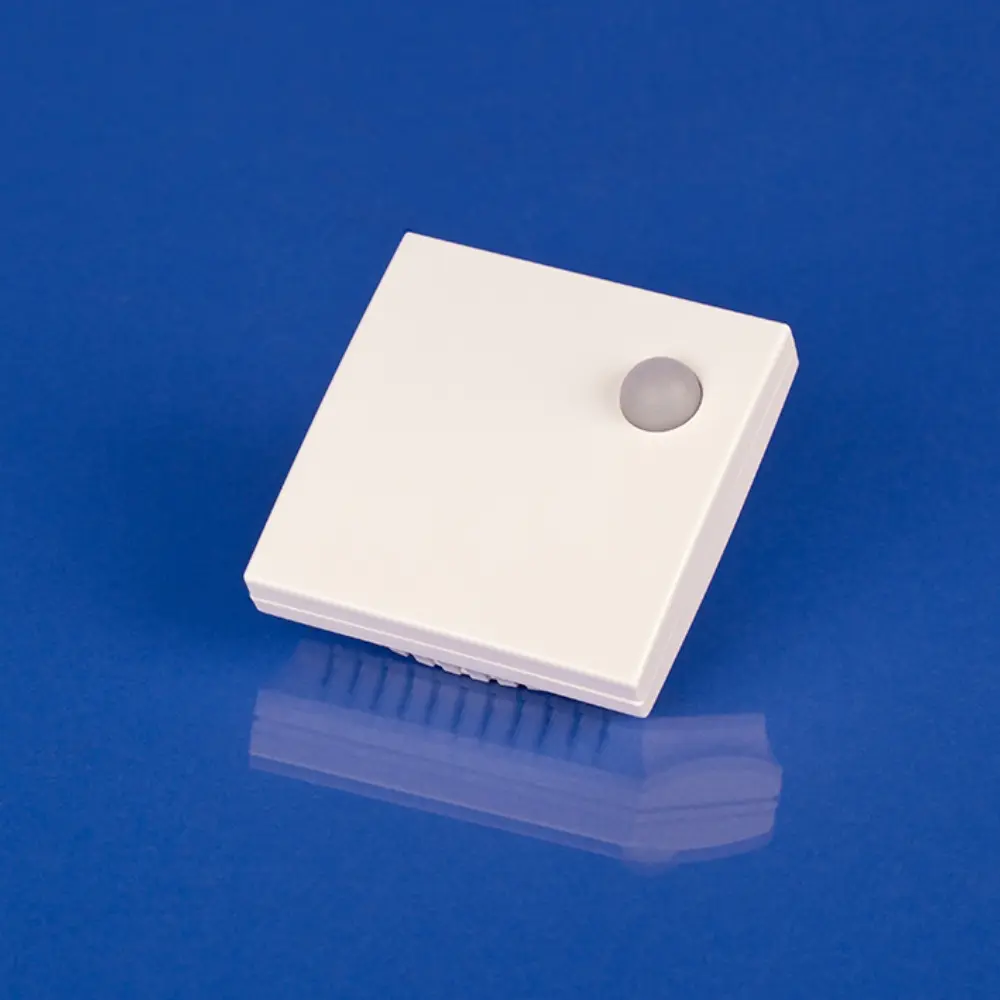
Light level transmitters measure ambient brightness to optimize lighting. Room models, such as the LLR-series, feature IP30 enclosures, while outdoor options like the LLO-series provide IP65 protection. These devices enhance energy efficiency and comfort by automating lighting adjustments based on environmental conditions, making them valuable in building automation systems.
Read More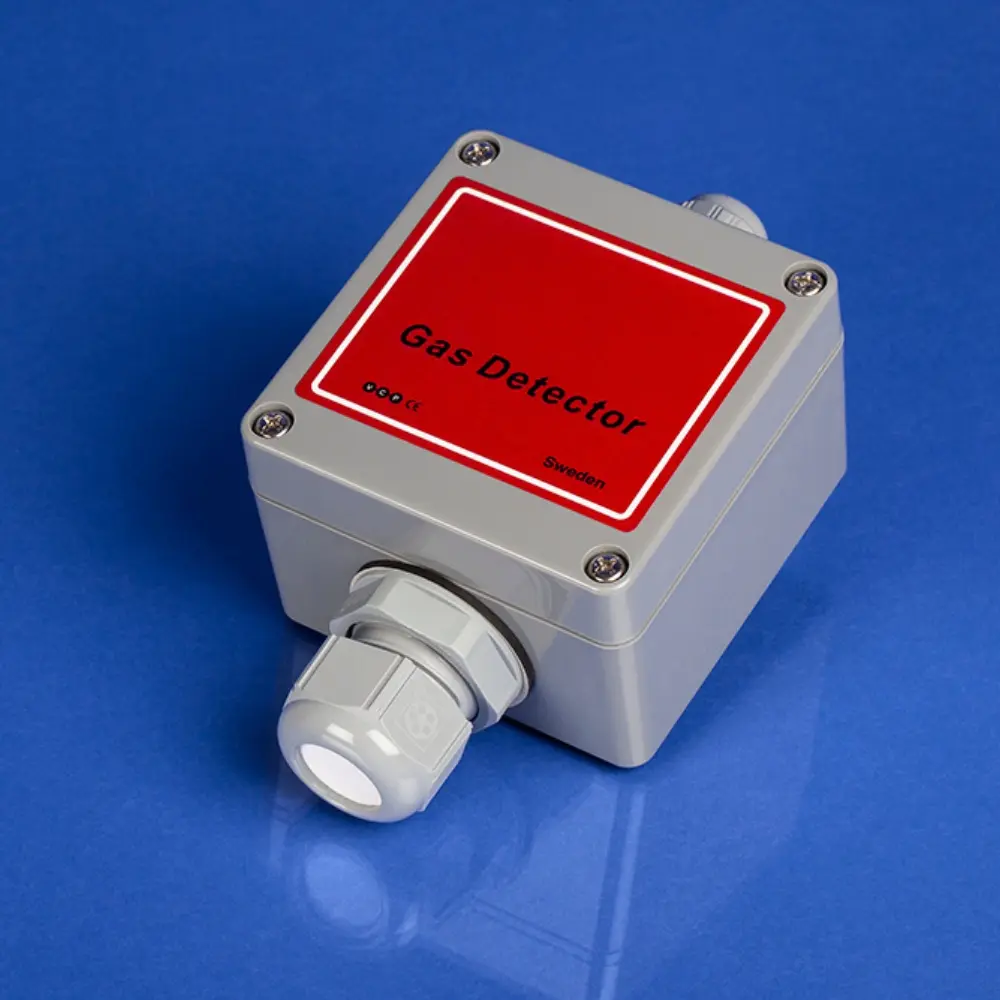
Nitrogen dioxide (NO2) detectors monitor harmful gases in environments such as garages and industrial facilities. The RNO2-series offers accurate detection with ranges up to 100 ppm, using electrochemical sensors. Modbus connectivity, relays, and LCD displays enhance integration with building systems. NO2 sensors automatically trigger ventilation systems to maintain fresh air levels when harmful concentrations are detected. Durable IP65 enclosures ensure reliability in demanding environments. These detectors are vital for safeguarding workers’ health, optimizing ventilation, and preventing exposure-related risks, making them indispensable for facilities with diesel-powered equipment or confined spaces.
Read More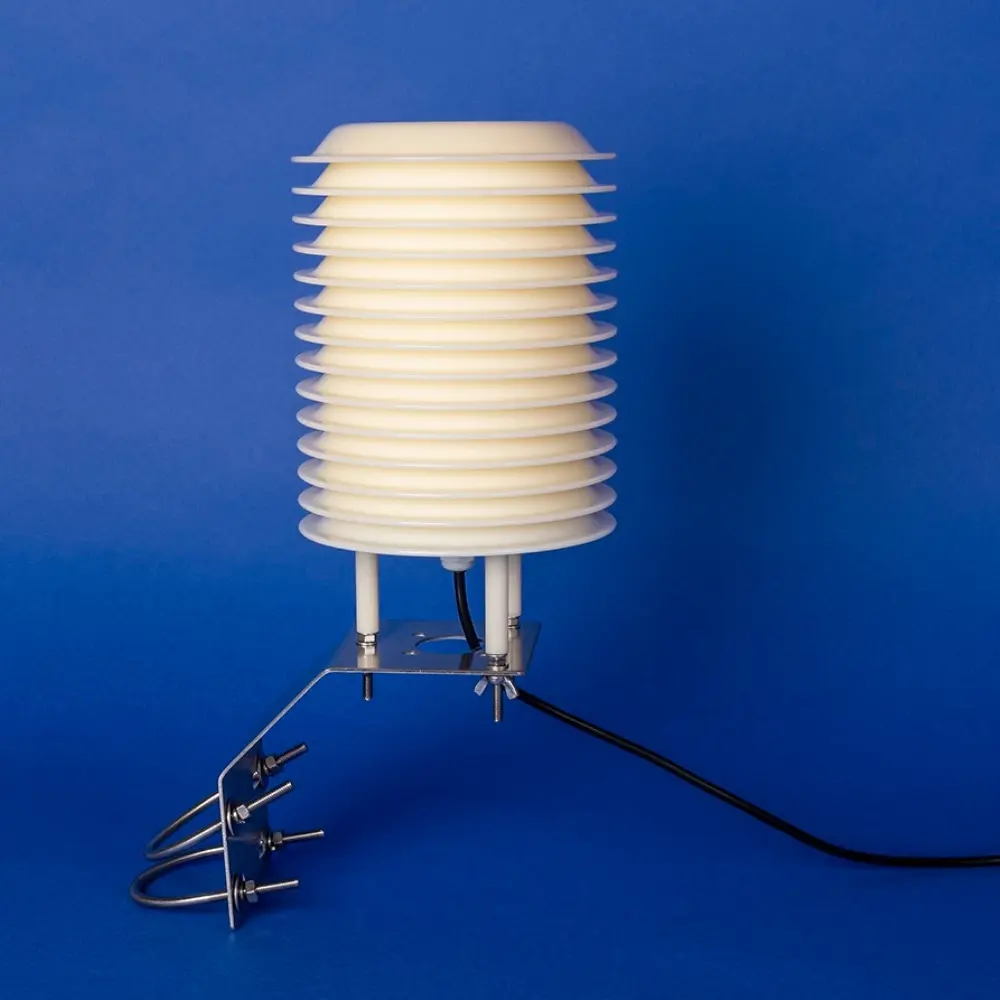
Particle matter transmitters detect airborne particulates (PM1.0 to PM10) to monitor air quality. Room models like the PMR-series feature advanced outputs, while duct versions integrate into HVAC systems. These sensors are crucial for maintaining healthy environments in pollution-prone areas.
Read More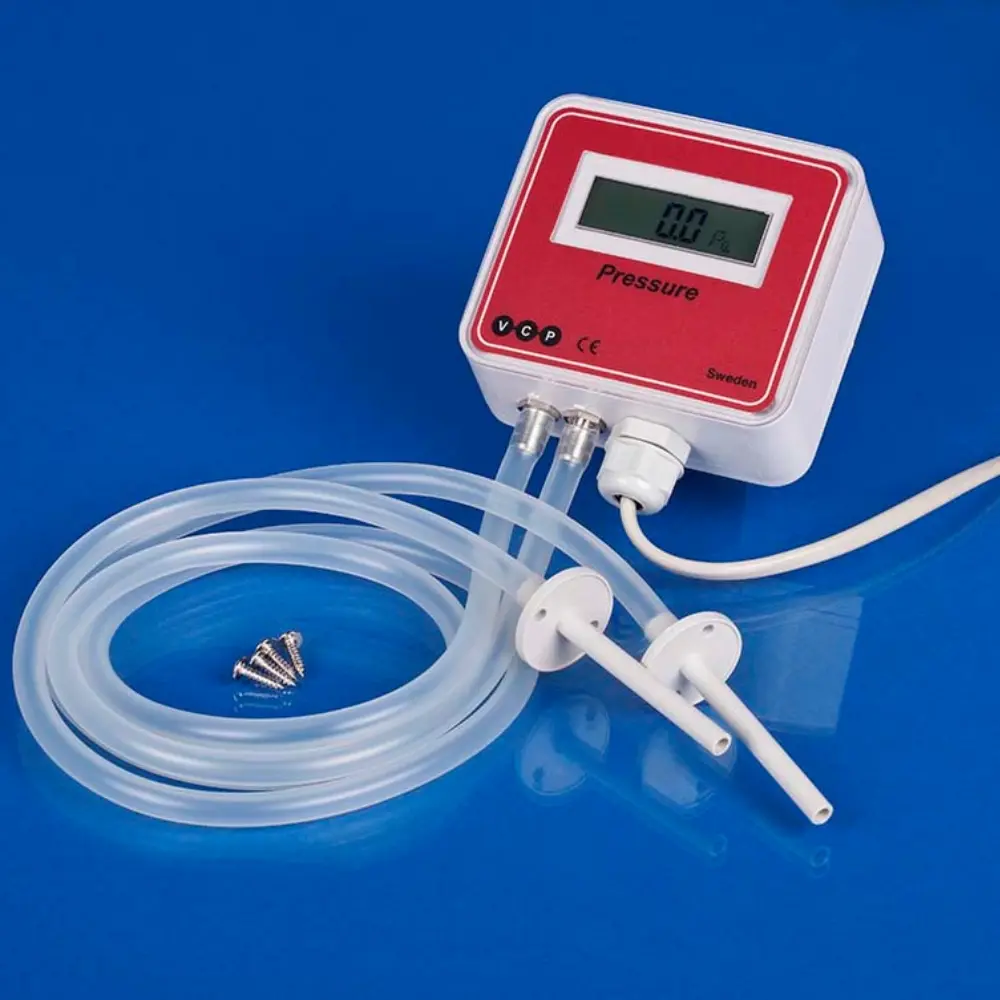
Pressure sensors ensure precise monitoring and control in HVAC and industrial applications. The PAM 1-series measures air pressure with or without display options, while the PLTS-series handles liquid static pressures for non-aggressive media. Air differential pressure transmitters, like the PAT-series, feature high accuracy and selectable ranges, suitable for duct applications. PTO-series and 984M-series manage positive, negative, and vacuum pressures, ensuring flexible use. Pressure switches such as the PSS-series provide reliable indicators for fan status or filter conditions. Durable designs like IP65-rated enclosures protect sensors in harsh environments. Outputs include 0-10 Vdc and 4-20 mA, ensuring compatibility with modern systems.
Read More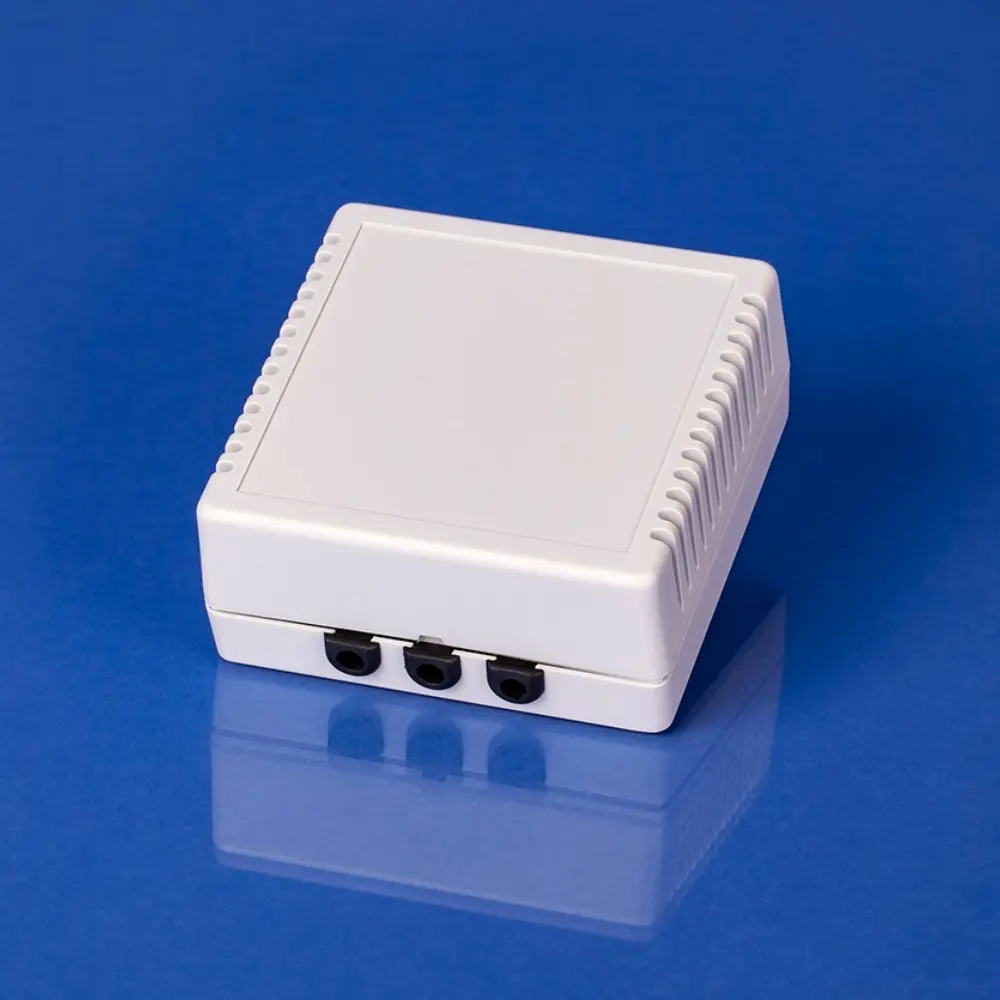
Refrigerant gas detectors monitor freon leaks in HVAC systems and refrigeration units. Designed for safety, these devices detect harmful concentrations of refrigerant gases like CFCs, HCFCs, and HFCs. Proper installation near potential leaks ensures maximum coverage. Outputs such as Modbus RS485 enable integration with building automation systems. With IP65-rated enclosures and advanced sensors, they deliver reliable performance in diverse environments. These detectors help prevent health hazards, reduce environmental impact, and maintain compliance with safety standards in cold storage facilities, air-conditioned buildings, and industrial operations.
Read More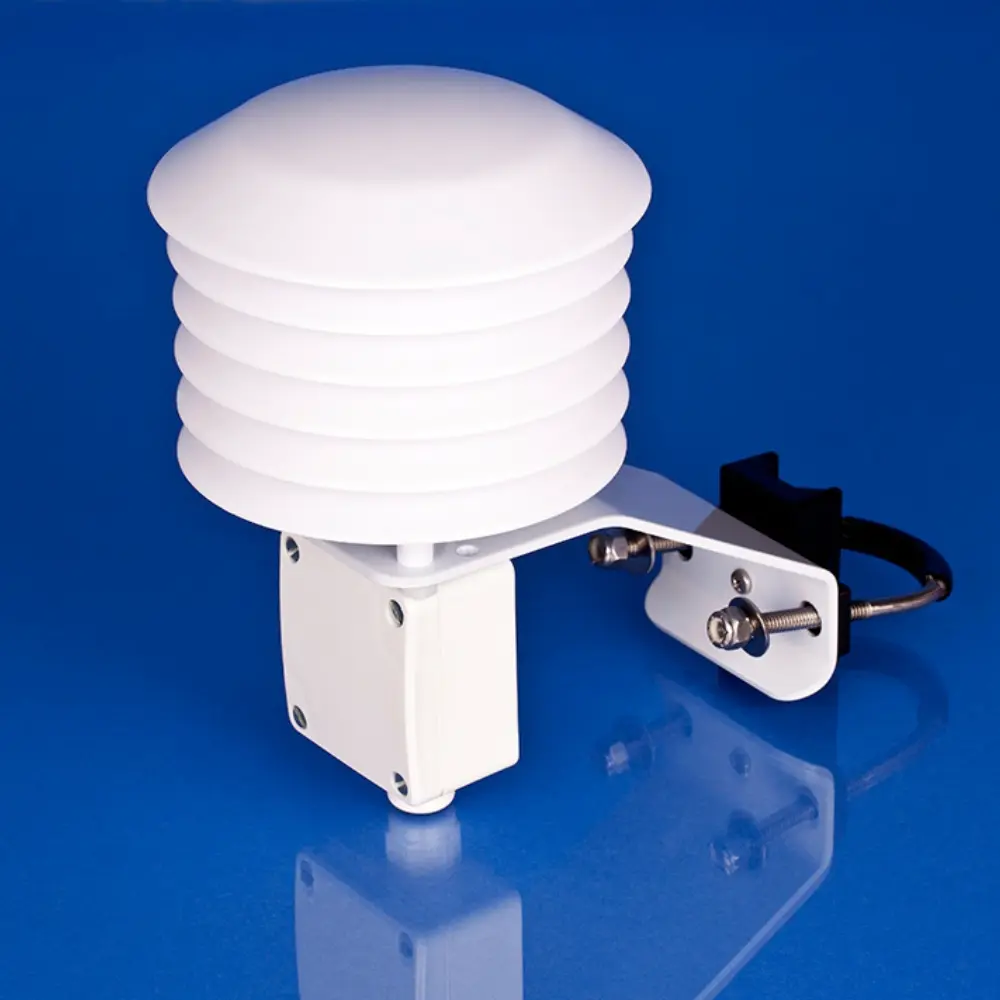
Sensor shields protect equipment from environmental elements such as rain, dust, and impact. Weather shields ensure accurate data collection for outdoor sensors, while robust stainless-steel guards safeguard devices in industrial or high-impact areas. Simple to install, these shields are compatible with humidity, temperature, CO2, and VOC sensors. Their durable construction enhances sensor longevity and performance, making them an essential accessory for reliable and accurate environmental monitoring in both indoor and outdoor applications.
Read More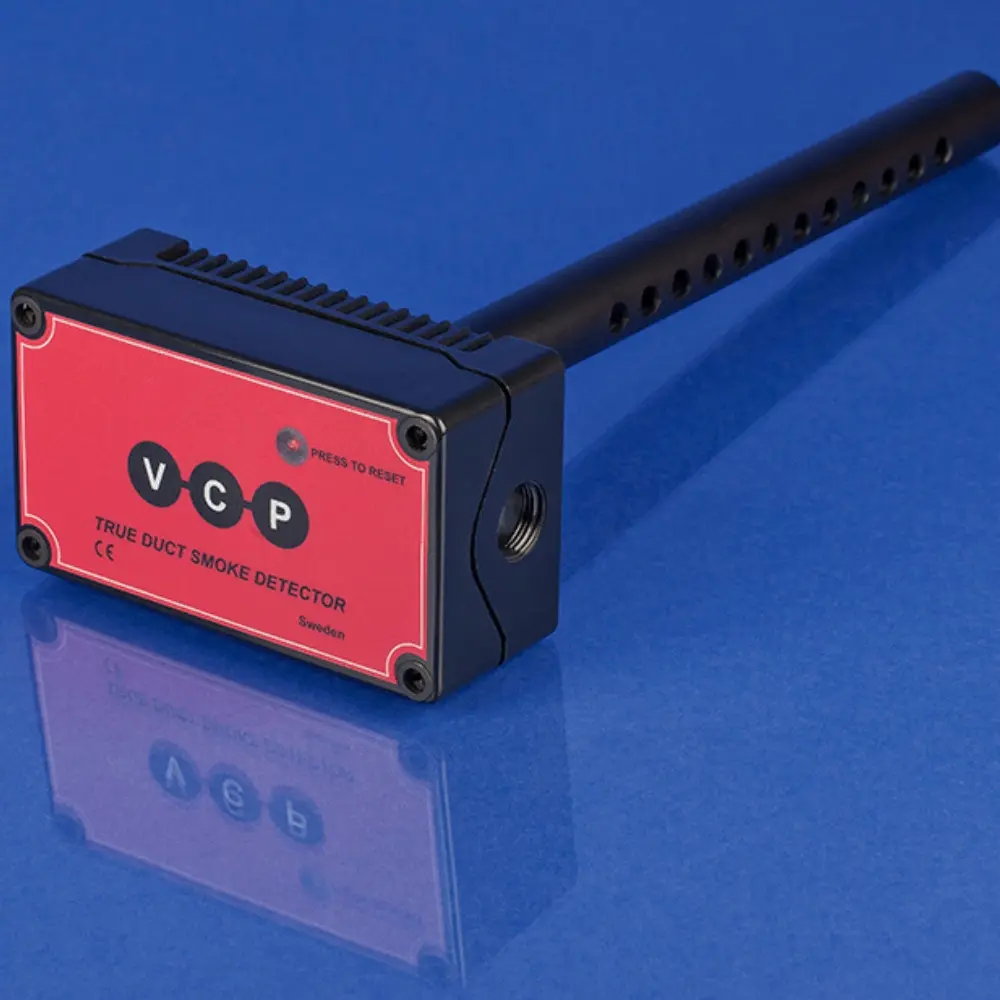
Smoke detectors provide early fire warnings, protecting lives and property. Room models like the FWD 305 integrate alarms and relays, while duct detectors like the VSD 301 offer high sensitivity in HVAC systems. Adjustable thresholds and robust designs ensure accurate operation in diverse environments. These detectors enhance safety in residential, commercial, and industrial spaces, preventing fire-related hazards.
Read More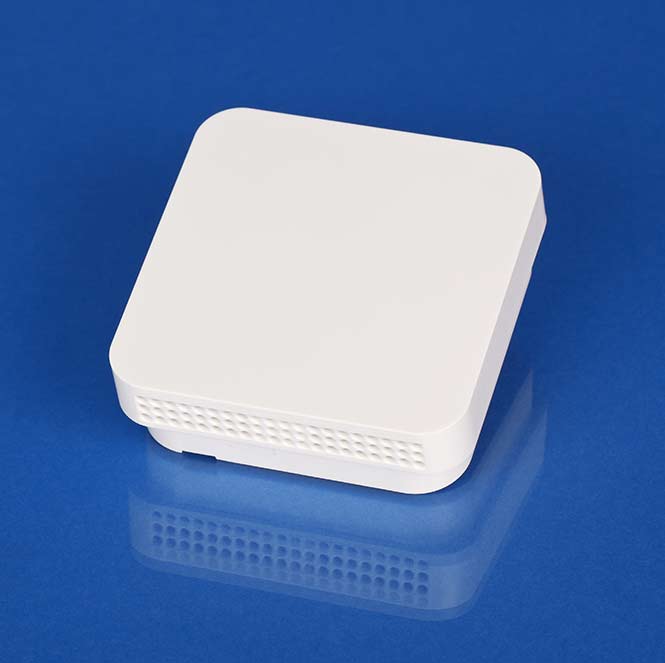
Temperature sensors provide accurate monitoring for HVAC, industrial, and residential applications. Passive models like NTC 10K and PT1000 offer simple solutions, while active transmitters with 0-10 Vdc outputs ensure real-time control. Advanced designs support Modbus connectivity for seamless integration into automation systems. Durable enclosures and versatile configurations make them suitable for various environments. These sensors help optimize energy usage, maintain comfort, and enhance system efficiency, ensuring consistent temperature regulation in critical spaces like offices, warehouses, and data centers.
Read More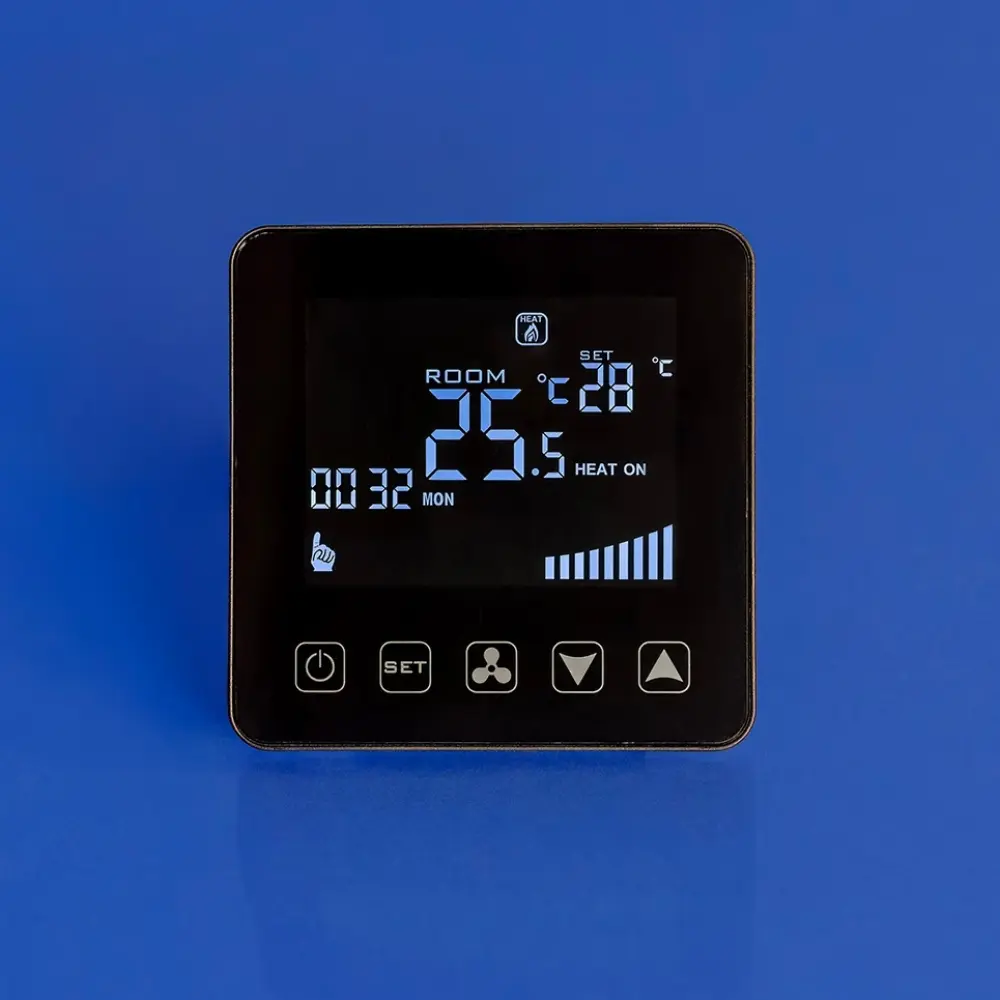
Thermostats regulate temperature for comfort and efficiency. Touchscreen models like the TTH 8-series offer advanced control options, while mechanical variants provide basic functionality. Designed for residential, commercial, and industrial use, these thermostats ensure precise and energy-efficient climate management.
Read More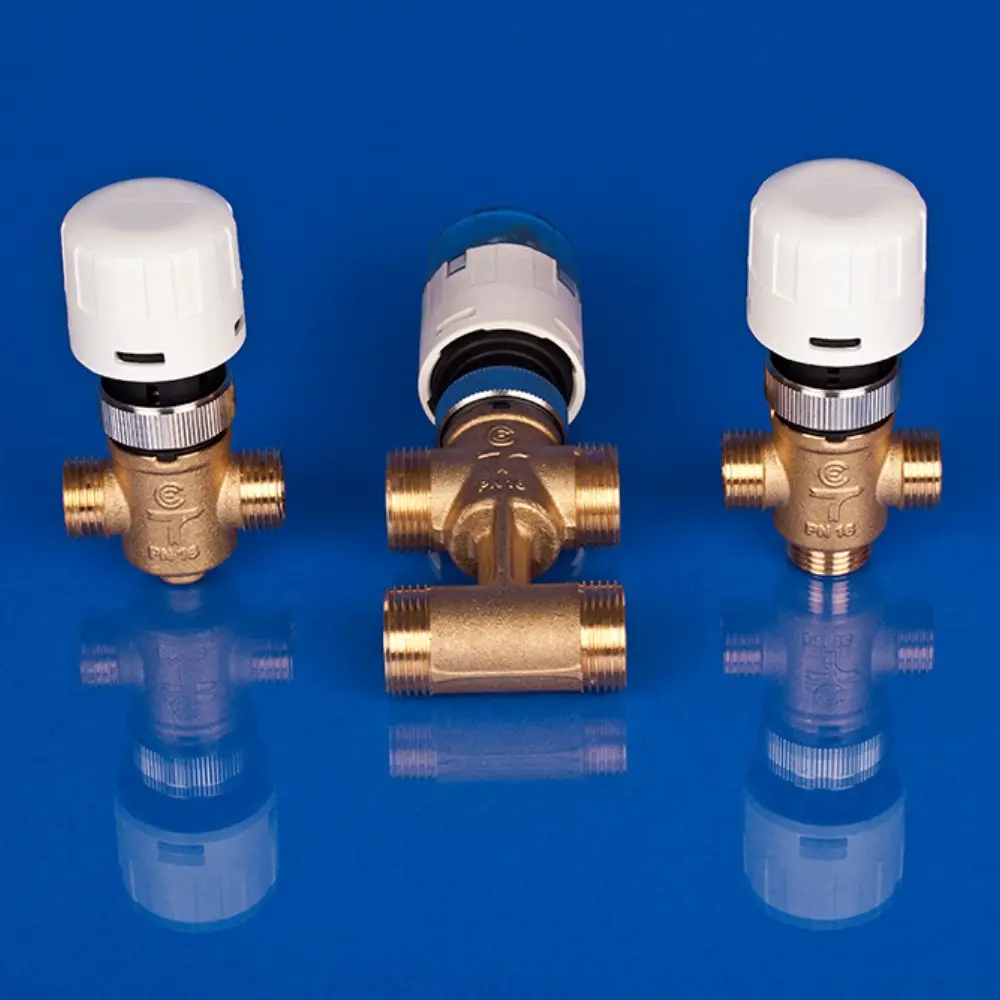
Zone valves and actuators control water and air flow in HVAC systems. Models like the VZ-series support 2-way or 3-way configurations, with actuators providing on/off or proportional signals. These components enhance system efficiency and reliability in diverse applications.
Read More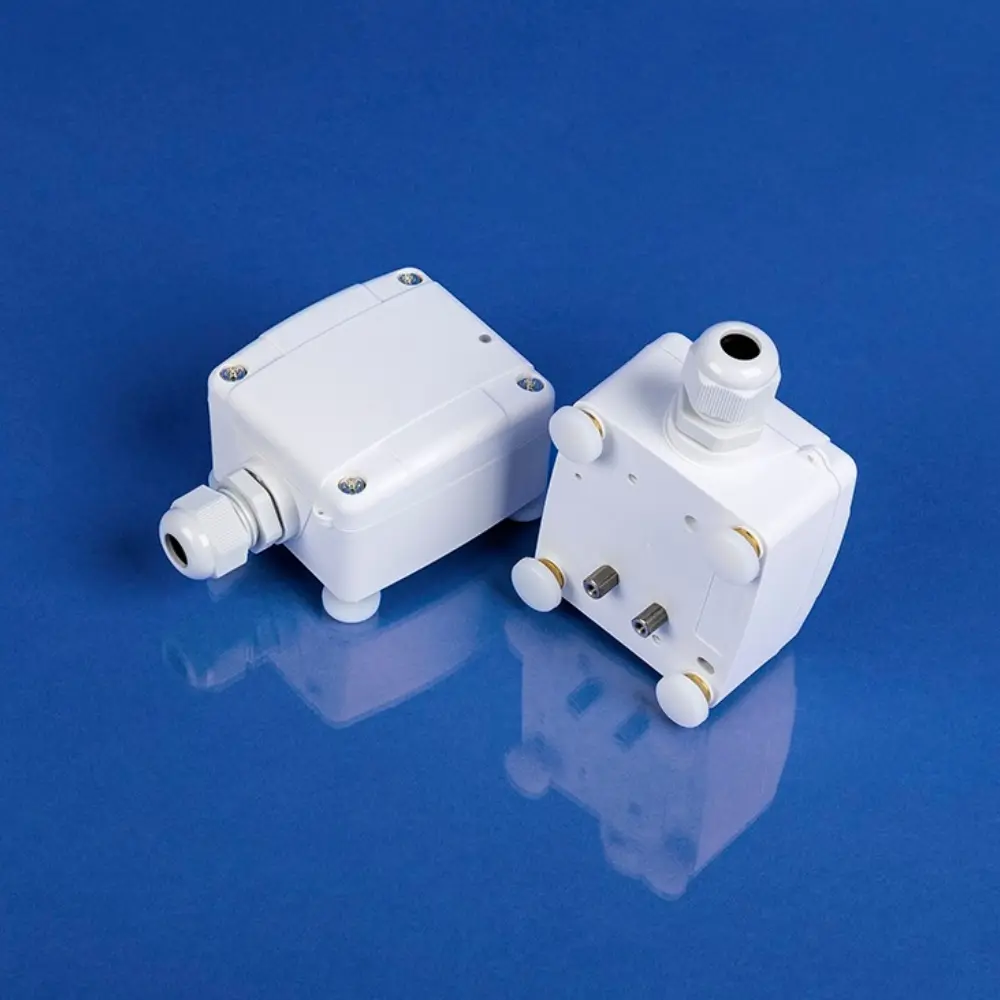
Water detection systems prevent damage by identifying leaks and condensation early. Products like the WDU-series and WDT tapes detect moisture in critical areas, while WCS condensation sensors protect chilled surfaces. These devices offer outputs for alarms and integration into building management systems. Easy installation and reliable performance make them essential for safeguarding infrastructure in commercial and industrial settings, reducing risks of costly water damage.
Read More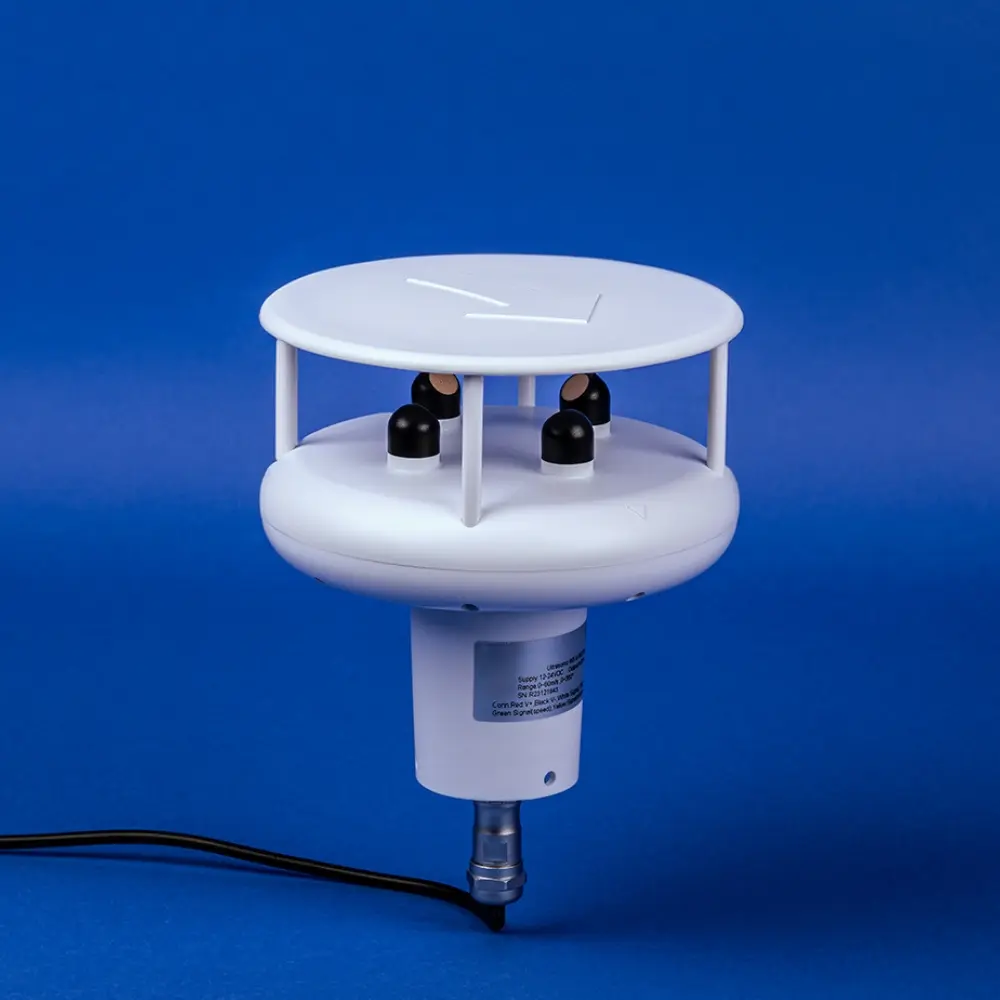
Weather sensors measure wind speed, direction, and environmental conditions to optimize building operations. Devices like WSS-series shields protect outdoor sensors, ensuring accurate readings. These sensors improve energy efficiency and occupant comfort in varied climates.
Read MoreOur HVAC control products are designed to enhance the efficiency and functionality of your building’s climate control systems. With advanced technology and reliable components, these solutions ensure precise control over temperature, humidity, and airflow. Tailored for residential, commercial, and industrial applications, they provide seamless integration with existing HVAC systems for superior comfort and energy efficiency.
Copyright 2025 © All rights Reserved. Hemsida Webbdesign Interwebsite Webbyrå